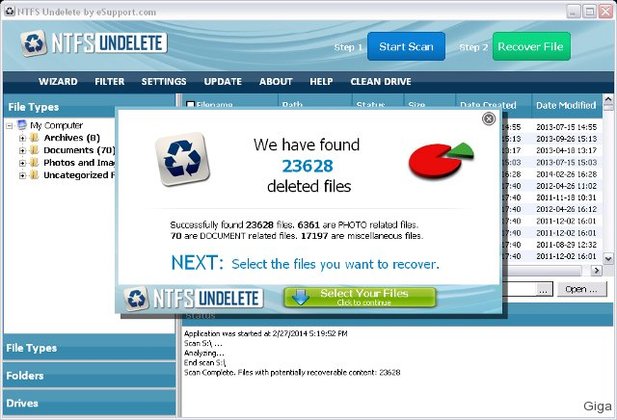
Yes, thanks a lot for this, I did stop all my efforts with dmde/testdisk and started cloning with `ddrescue` (had it easier with macOS), now the disk is clone at ~50MB, which is not terribly bad. They’re both pre-installed on HDDLiveCD, so you don’t have to deal with building HDDSuperClone from source or installing it from a deb file. HDDSuperClone is a nigh objectively better tool though. You would in fact clone the whole drive, not a partition. Do NOT write anything to this drive, that would completely defeat the purpose of data recovery.Ĭloning is a good place to start in most cases. If it’s failing, you should not be scanning it directly for files.įorget TestDisk exists. Now this is the lest step, should I \"write\" here? Now I can see the partition (but I don't see the EFI) With testdisk, I can also see the partition, but I got to a point where the next step would be to "write" and I got uncomfortable, since I'm not entirely sure it that's what I should be doing.Īlso I'm thinking whether it would be worth to use ddrescue, but I don't have `/dev/disk5sxxx` and only `/dev/disk5` so I'm not sure whether it would work - never done that before. I ran dmde and it can see the partition and I can recover files, but I couldn't find a way to recover it all, only in a file-by-file basis (and not folder for example), I still need to understand the software more to make it work I guess. I'm on macOS and DiskUtility doesn't show the container disk, only the media (Uninitialized), in Linux gparted shows as unnalocated.

I had a 3TB Seagate external HD that started failing (it's pretty old) in the middle of a backup.


 0 kommentar(er)
0 kommentar(er)
